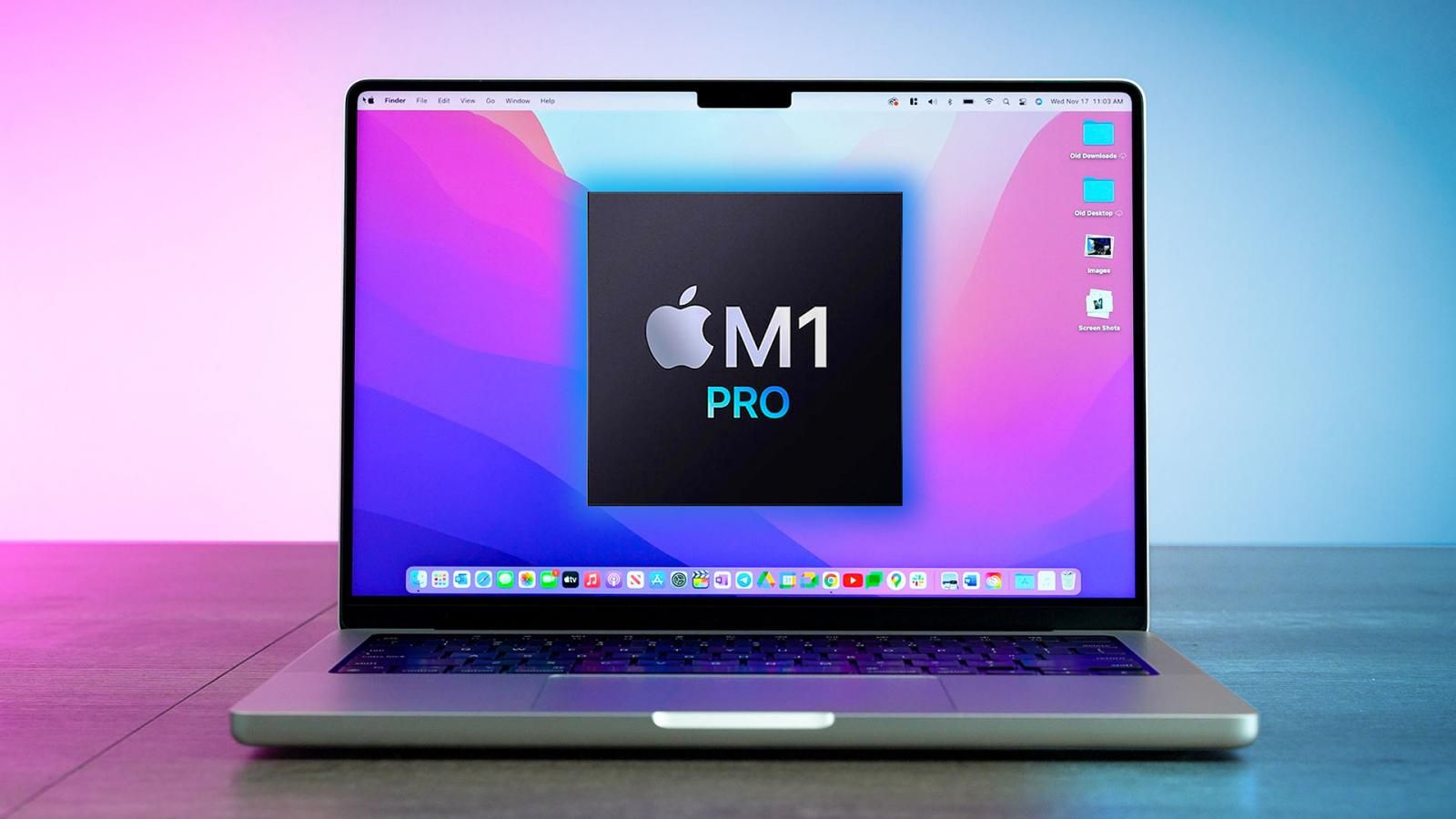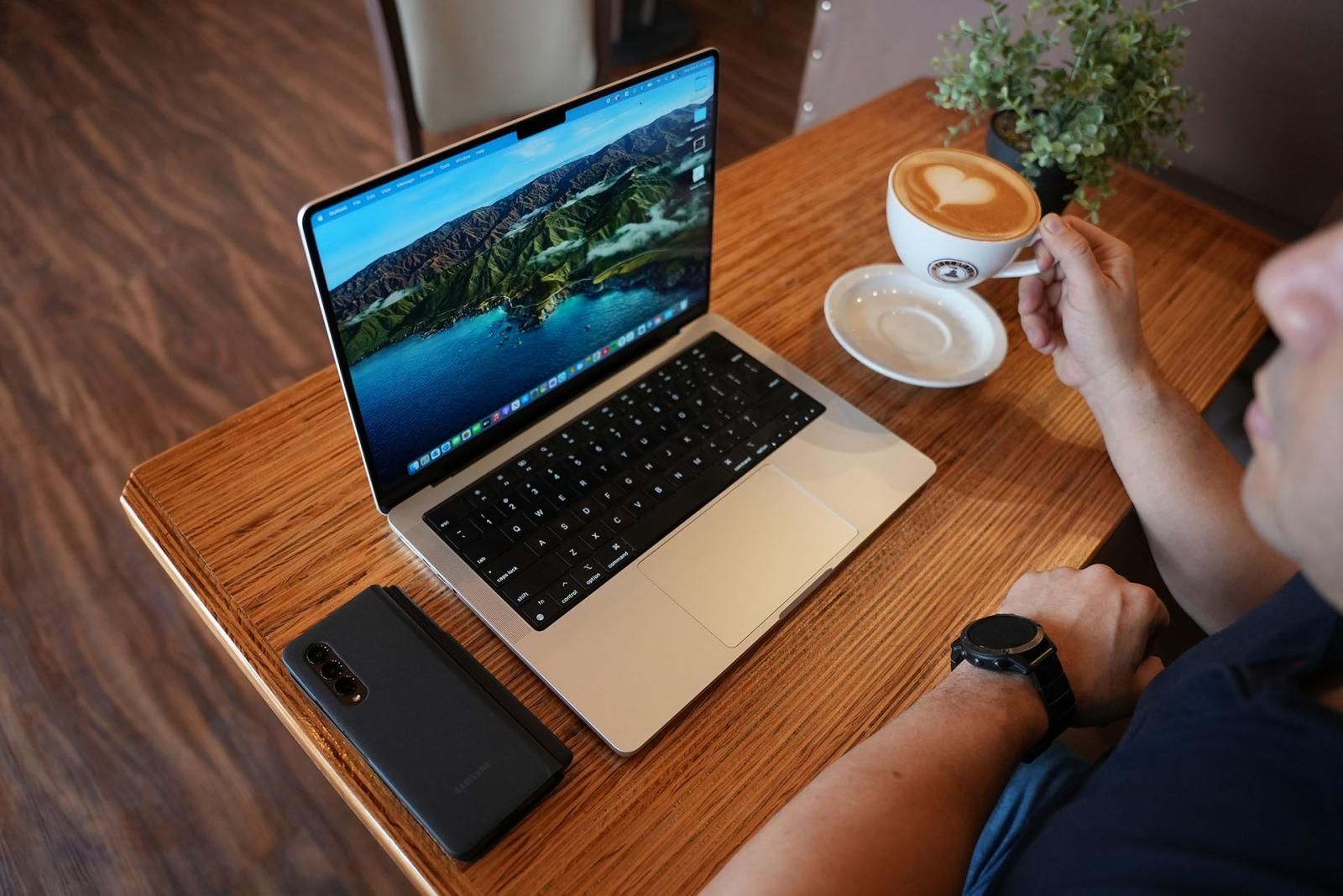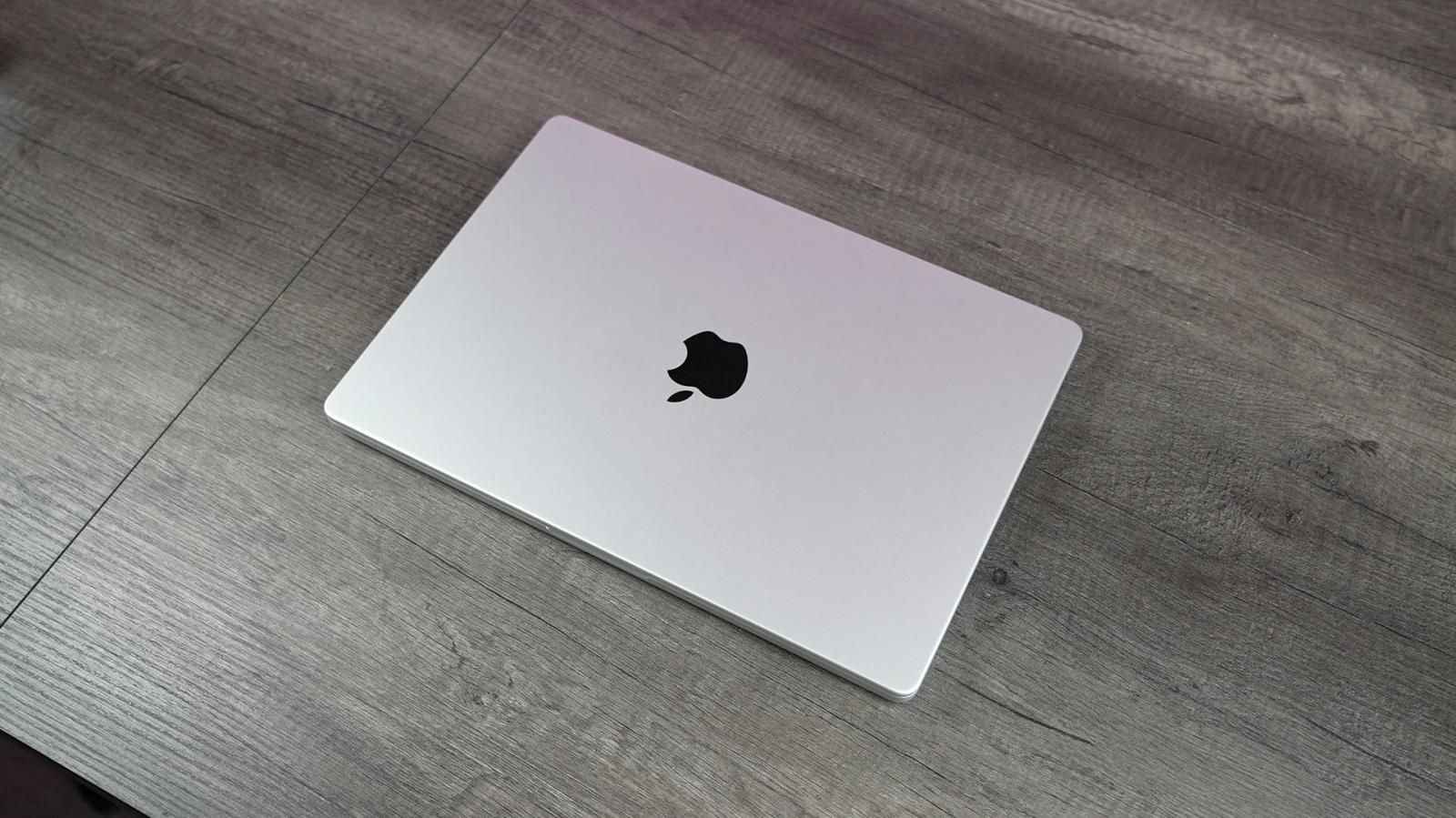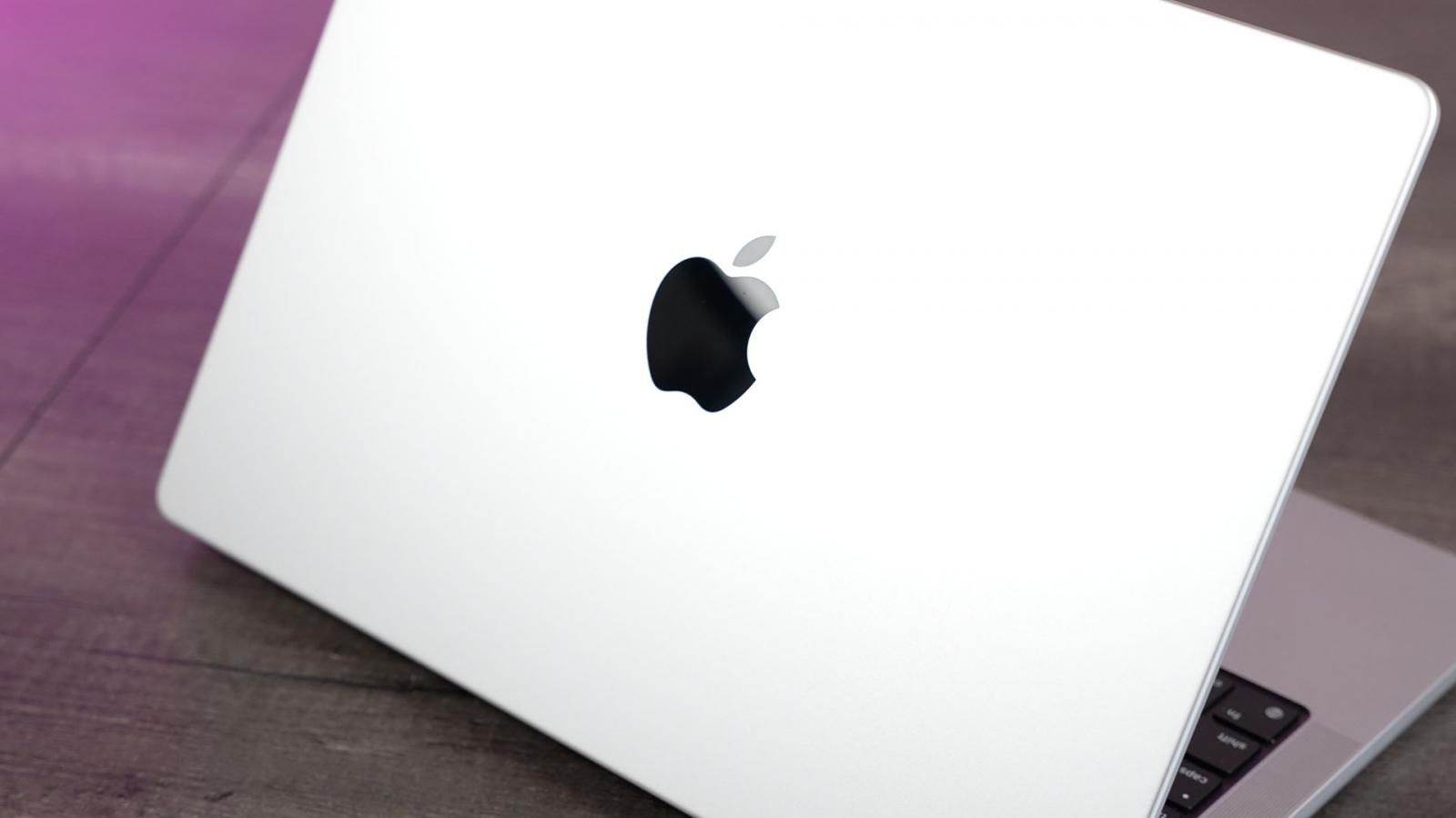If all this sounds familiar to you, it's because it is. For the better part of 15 years, Apple has been trying to figure out how to bring desktop-class performance into a portable laptop, and it's actually the reason Apple switched to Intel back in 2006. That whole performance per watt argument you heard on the M1 announcement.
But I think that even if Apple solved this huge dilemma last year with the M1, the biggest problem with those first computers is that the company chose to keep an old design. So it's clear that to do this paradigm shift justice, we needed something completely different.
This is the New 14-inch MacBook Pro. What Apple calls the most powerful MacBook Pro ever, but what I'm gonna call Apple's best throwback. Not sure if you noticed but Apple has been doing a lot of common sense things lately that focus more on function over form, and I think these notebooks are the best example of it.
So, why throwback? Surely Apple has always been obsessed with design, but if you notice, Steve Jobs handled Pro products differently. Those presentations were not just about how thin or how light the product was, but also how much more powerful the product was, and also, about what new ports it brought. It's clear that Steve knew that Pros needed functionality just as much performance per watt, and after five years of getting the complete opposite, this new MacBook Pro is finally a breath of fresh air.
Design
It seriously starts with the design. These new models look more like the first MacBook Pro from 2006 than its later predecessor. The sharp corners are gone in favor of new curves that do give the impression of a chunkier laptop until you realize that it's really just less taper to the old designs. And then there are little things that serve as a nod to other models. The MacBook Pro text engraved to the bottom reminds us of the 2012 Retina Pros. The Apple logo at the top now adopts a larger and darker tone, which I swear feels more like the antenna cutouts used for iPads than the shiny aluminum we've had for 5 years.
Now once you open it, everything inside is a different shade of modern. The keyboard bay has been all painted in a darker tone, again creating that visual separation old laptops had before the unibody, but the keys are a different story. Gone is the touch bar in favor of larger function keys with shortcuts that align with the stuff we do most, and the new Touch ID is now contoured to match the new Magic Keyboards of the iMac. I wouldn't say the keys are any better than the old scissor switches, which I'm perfectly OK with, even if Apple calls them close to mechanical. The trackpad remains large and best in class for what I feel are the best interaction gestures in the industry. To prop this computer on a table and use it with MOFT's Invisible stand is ergonomics at its finest.
Source: Pocketnow
Display
And then there's this display. I'll admit I didn't have high hopes after using the M1 iPad Pro. The blooming around text in dark mode wasn't my favorite, and especially considering this panel has the same 10,000 LEDs spread on a larger canvas. Still, it seems either macOS does a better job at tuning it, or this is better hardware powering the show because I'm mostly in love. To have a true 10-bit HDR panel that supports 120hz is a Pro's dream, as you finally have a panel that can handle and portray accurate depictions of all the extremes that your camera can produce while you edit. Still, I feel this play of contrast is just part of the genius behind this display. See, the reason why moving to this smaller 14-inch model has been effortless is because it's only shy of a few pixels from matching the old 16-inch model. At nearly 4K resolution, this added pixel density allows for more information on a smaller panel, meaning it even spared me the need to use my reading glasses. Think of it as if you were using the old 15-inch MacBook Pro thanks to the smaller bezels. I find this to be the sweet spot as it's not as bulky as the larger model, and yet the smaller bezels allow it to not feel as crammed as the 13-inch M1 I spent a year trying to adapt to. Match this with a 6 speaker system that's only second to the larger 16-inch model, and both content consumption and editing are a dream.
Now for those of you who think this is a fanboy piece, don't worry. You know me all too well, and this is about that time where things start to get mixed for me. You know there's no such thing as a perfect product, so let's start with that notch. It's great that we finally get a 1080p webcam, and I get that the ambient light sensor and others are here, but it's so large there's no way you can ignore it's there. If the plan was to bake in Face ID I'd get it, but how about a punch hole while that happens? It really does look dated at a time when competitors figured cameras and sensors on tiny bezels 3 years ago.
Source: Pocketnow
I/O
The second is ports, and I know this sounds ironic but bear with me. Listen, I'm grateful to finally get more of them, but I struggle with older specs on a laptop of the future? I feel that at least the higher tier models should have access to HDMI 2.1 and USH 3 on that SD card, just to make that investment more future-proof. That said, yes, my dongle days are over. Even the addition of high impedance headphone support on this jack is the stuff of Pros. And then there's Magsafe. Again another reason for this computer to be a throwback, but the modern element of this braided cable is so awesome. It's easier to pack, easier to keep it clean, it spares you a port to charge the machine and does charge it faster.
And yet this leads me to the third reason I'm mixed with this computer. The one thing I did not want to be a throwback was this old power brick. I'm sure this design made sense fifteen years ago, and the easy swap versatility is welcomed for international travel. The problem is that it's massive for 2021 standards, which means it's so heavy it falls off any overused charger and every single airline seat outlet.
Performance
Last but not least, let's talk a bit about performance. See, the M1 was so good at it for the whole year I spent using it, that I kind of didn't think I'd need to go for the M1 Max. I even debate who would need such a beast. I felt that the second-tier M1 Pro with 10 / 16 cores and 16 gigs of RAM would be enough. I mean hey, If the M1 with 8 / 8 cores and 8 gigs of RAM was amazing, how could this be any worse, right?
Well, it's not that simple. On a positive front, like wow, for day-to-day tasks, it is. To have a laptop turn on instantly and help you move around an insane amount of tasks at once is just fantastic, which only honors the extra screen real-estate you're getting versus any M1. Whether apps run natively or through Rosetta, performance differences are almost not noticeable at all. I'm also happy to report that plugins continue to evolve in support of Apple Silicone. I don't think I've ever seen a less painful transition, whether through developer support or how Apple has provided comparable solutions.
Source: Pocketnow
Software
I think the problem is macOS Monterey, or maybe the recent updates that Apple has brought to its Pro apps with the upgrade. I say this because of all the problems I've been dealing with on this M1 Pro, I'm also having with the M1 units we thought would not be harmed by the new software. I've never seen more beach balls on Final Cut Pro, like ever. Doesn't matter if your project is on the computer, you get stalled beach balls when loading or when moving through events in ways I never saw before with the M1. Obviously, I have no way to judge if Big Sur would do a better job because these new Pro models only ship with Monterey. That said, exports are crazy fast, and to see this machine chew up stabilizing a clip in one second is seriously close to amazing if you consider I haven't heard the fans of this computer kick in once.
I think what turned me off initially was the handling of external SSDs, which users have been complaining about on Apple Support forums. I seriously don't know what's wrong, but those take forever to load, and any Final Cut project you run on them will take ages to run. This is a problem because I historically only edit my videos from an SSD as a safety measure in case my computer dies, and the reason why I've never needed much storage. Now I'm debating if the 1 terabyte I ordered on this model is enough if Apple doesn't fix whatever software bugs it has.
Also, another thing to consider if you grab any of these 14-inch models is that its endurance won't be as epic. Even the spec sheet tells you the M1 3 or 6 hours better depending on usage, which can only be matched by the added power pack you get on the larger 16-inch model. I'll seriously accept the minor compromise considering this computer is just as powerful whether connected or disconnected.
Source: Pocketnow
Conclusion
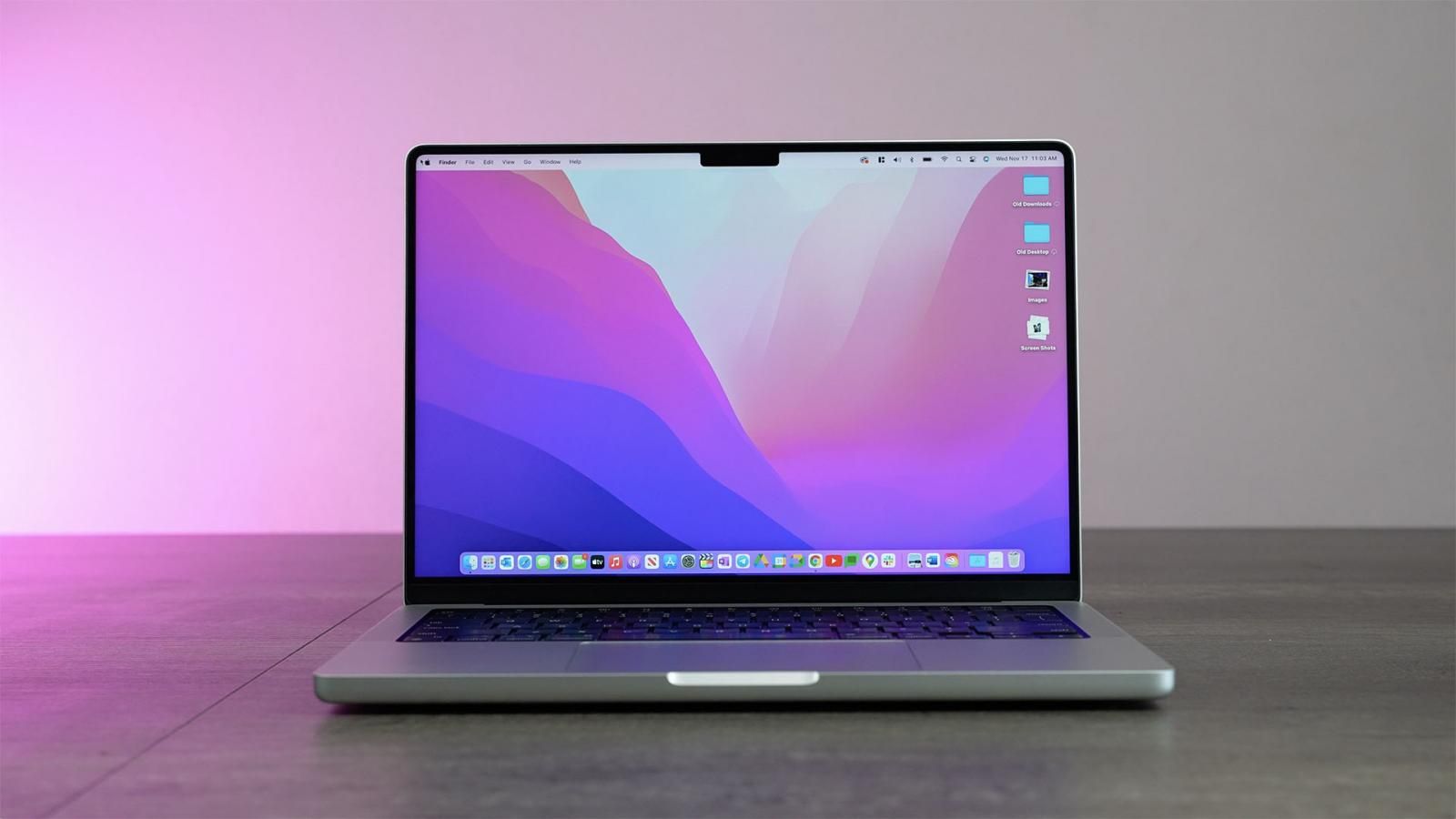
Apple MacBook Pro 16-inch (2021)
I seriously applaud Apple for taking the plunge in biting the bullet and admitting that for a Pro, there are more important things than just a thin and light computer, and yet, the solution wasn't really to make the computer dramatically thicker.
To conclude, I have so many things to say about this new 14-inch MacBook Pro, and these are mostly good. I seriously applaud Apple for taking the plunge in biting the bullet and admitting that for a Pro, there are more important things than just a thin and light computer, and yet, the solution wasn't really to make the computer dramatically thicker.
The paradigm shift was Apple Silicone. To finally be able to sit down on the couch and actually be able to use a "lap”-top, on my lap, without fans or heat burning my legs, and all while handling the toughest of tasks, is the stuff of dreams that no other computer of this size or power can claim. And what's most shocking is that this is the first time I spend so little money for all this power. Historically I've needed to spend no less than double the price of this M1 Pro, to not even get half of what this little machine can do.
Sure, it's not perfect. The bugs do have me a bit frustrated, and it even has me wondering if this might be the reason why I should try an M1 Max. Still, I feel that once that gets ironed out, this is probably the best MacBook Pro for everyone. It's not too crammed, not too dated, and yet somehow Apple managed to make the coolest and most modern throwback I've seen in years. I'd even have no problem recommending that you don't spend more than just buying the base model.

